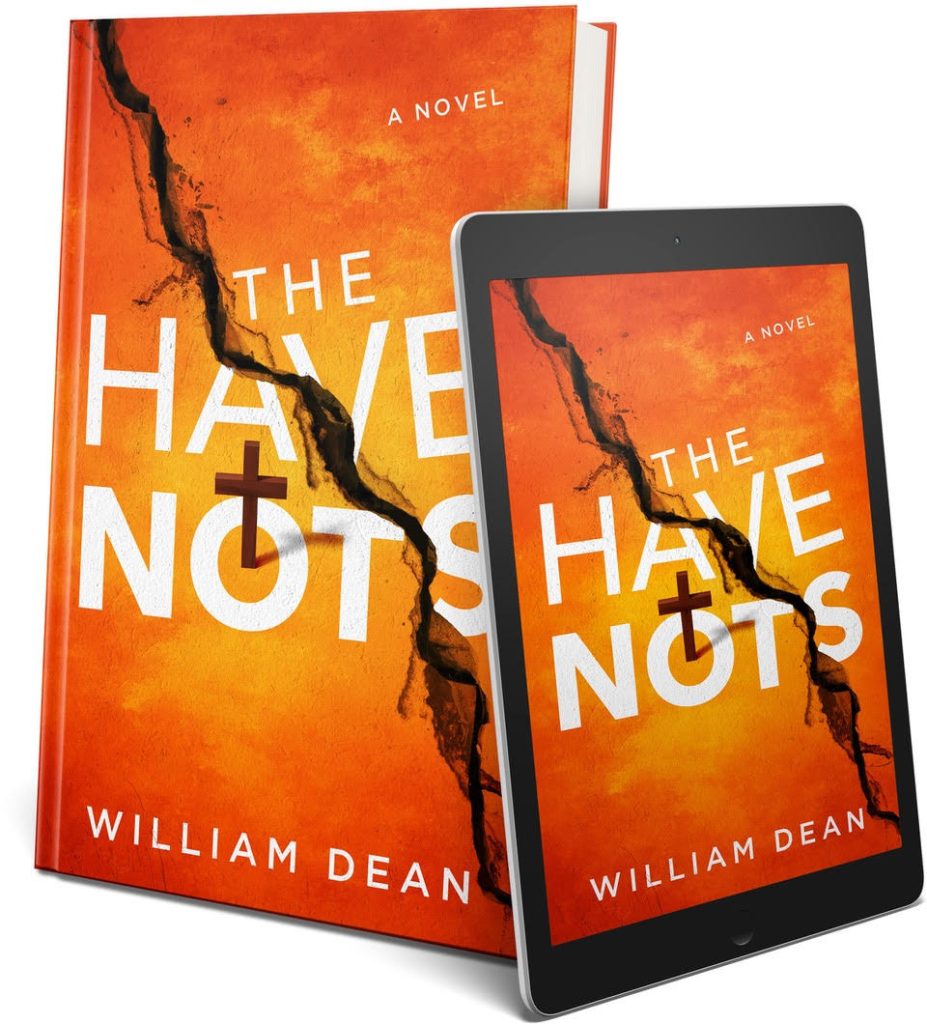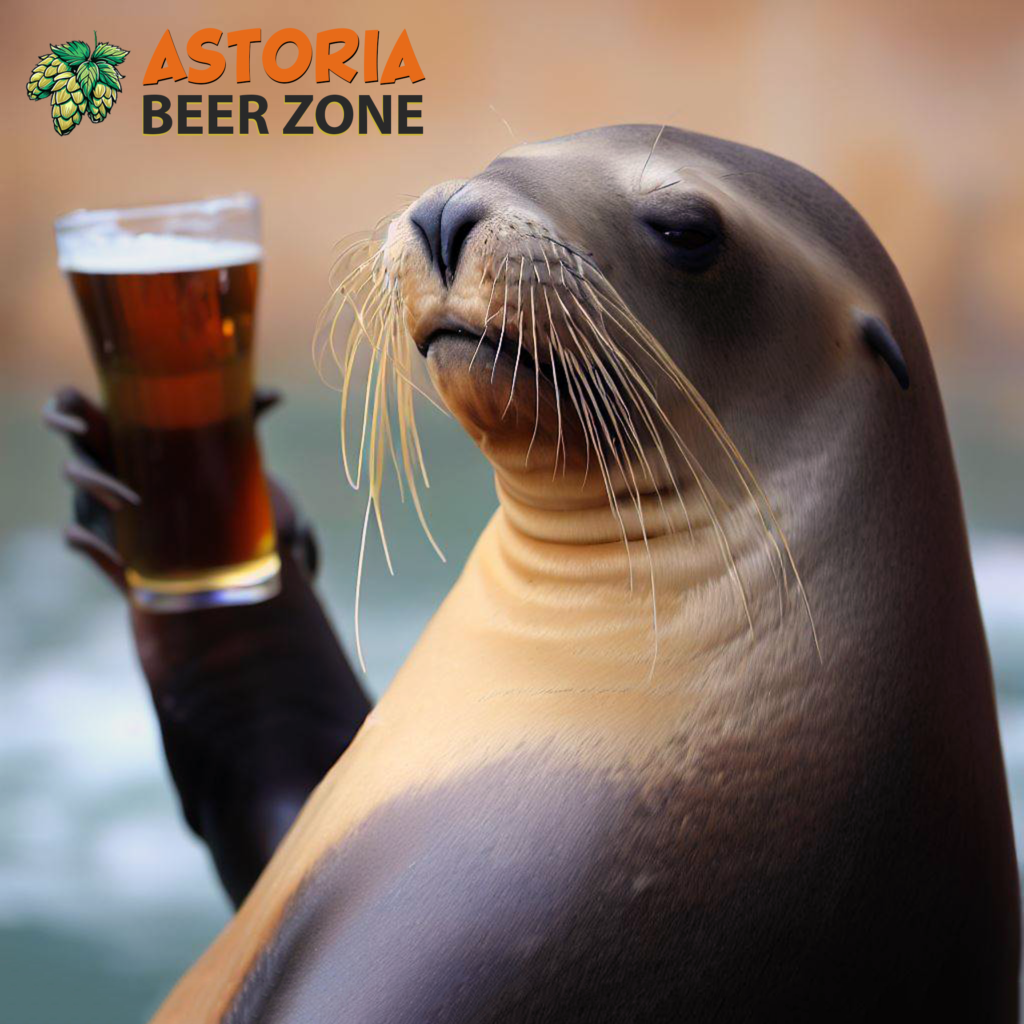BY WILLIAM DEAN
The sudden closure of Reach Break Brewing in the heart of Astoria was a gut punch. And perhaps a warning: Even the tourist-rich North Coast is vulnerable to slumping craft beer sales and rising operating costs.
Reach Break, founded in 2017, had seemingly rebounded nicely from the forced isolation of a prolonged pandemic.
Founder and head brewer Josh Allison said last year was his best in terms of sales. The compact downtown brewery introduced a hard seltzer line last summer. In November, it doubled its taproom space with plans to host more special events.
Yet it wasn’t enough.
Before closing the doors in early January, Allison ran the numbers. The outlook wasn’t good.
His production costs were rising steadily, city regulations had become more onerous (with Reach Break recently designated “industrial”) and luring new customers, especially young adults, was getting harder. The events and seltzer helped, but only a little.
The decision wasn’t entirely financial, however. Allison, who has two young children, wasn’t home enough for his liking, and the rigors of brewery work were taking a toll physically.
Allison announced the closure in a heart-felt video posted to Instagram, shocking virtually everyone. There was no phased shutdown, no farewell parties. Just a pulling of the plug, effective immediately.
“I hate funerals,” the owner explained afterward with a shrug.

While there’s still a chance that someone can step in to keep Reach Break or something similar going, the doors remain closed.
If the closure is a sign of anything, it’s that the boom that saw Astoria swell to six breweries with plans for a seventh appears to be over.
Nationally, there was optimism coming out of the pandemic that the craft beer industry would rebound and, thanks largely to pent-up demand, it did – briefly. The decline started in 2022 and became more pronounced last year.
In Oregon, nearly 30 breweries, cideries and taprooms closed in 2023 – the most ever. Beer fans could argue that a shaking-out period was inevitable, given that the hop-loving state is home to more than 300 breweries, but realists knew it was more than that.
Habits formed under duress during the pandemic had become somewhat entrenched, with fewer people returning to the brewpubs they’d once filled. That trend, coupled with an overall drop in beer consumption led by Gen Z, became a double-whammy for beer makers.
“It’s a tough moment for craft brewers,” says Ben Edmunds, president of the Oregon Brewers Guild. “Oregon, like everywhere else, saw a downturn over the last year. That’s evidenced in brewery closures, it’s evidenced in layoffs, it’s evidenced in the chatter that I hear from friends and colleagues around the state.
“It’s a function of a market that is over-saturated with breweries. It’s a bubble … that was not going to be sustainable,” says Edmunds, brewmaster at Portland’s Breakside Brewery, which operates a brewpub in Astoria.
Some of that has to do with what he calls “generational change.”
“There’s a lot less commitment to beer” than in the past, he says, particularly with young adults, who prefer a wide range of choices, from seltzer and cider to cocktails (canned or otherwise) and cannabis.

Edmunds says a number of breweries in Portland and Bend are reporting declining on-premises draft beer sales, a dip that’s spurred a reimagining of taprooms as event-filled gathering places and a broadening of tap lists beyond beer.
“Just doing beer alone, in a lot of cases, is not going to be enough to bring people in the door,” he says. “Even if the beer is exceptional.”
***
Defying the trend, Astoria-based Fort George Brewery had a solid 2023 in terms of sales and profit. Even so, red flags are fluttering. Efforts to attract new customers are intensifying.
In time for Dry January, Fort George introduced its first non-alcoholic beverage – a fizzy hop water named LüP (pronounced “loop” for lupulin, the active ingredient in hops).
The initial offering is flavored only by hops and, in terms of production, is relatively easy to make: Less than a day of “dry-hopping” in carbonated water.
With demand for NA beverages rising, hop water became a thing about five years ago and continues to pick up steam, with some of the biggest breweries in the country producing the sparkling stuff. It’s now a full-fledged, multimillion-dollar drink category.
On the North Coast, Pacific City-based Pelican Brewing makes one. Public Coast Brewing in Cannon Beach began producing its own last year.
Fort George had resisted the notion of creating an NA beer, citing both the start-up costs and doubts over whether sales would justify the investment. The worrisome drinking trends, however, were sobering enough to push Fort George into creating an NA something.
Still, marketing director Brian Bovenizer believes the key to post-beer boom success isn’t NA offerings. It’s creating a fun vibe and continually finding new ways to lure locals.
When people go to Fort George’s Astoria venues, they can expect a relaxed atmosphere, good food and a steady stream of events, from lectures and benefits to live music, designed to appeal to a broad spectrum.
In February, as part of its Stout Month celebration, the brewery created a pop-up free arcade that operated all month long.
“We’ve always been pretty event heavy,” Bovenizer says. “Giving people a reason to come in. We never want to stop thinking about bringing in new customers. You got to have programming, events that will bring people in – and not just for the beer.”
***
The craft beer industry had been enjoying double-digit growth for decades, even as recently as 2015.
After that, the growth rate slowed but was still impressive.
Then COVID struck. The industry had its worst year ever in 2020, only to see a partial bounce-back the following year as restrictions eased.
“But what we’ve seen in 2022 and then 2023 is that the new normal is one where, at least in volume sales … that craft [beer] has moved into a no- to negative-growth territory,” Bart Watson, chief economist for the national Brewers Association, said in a December presentation to the industry.
Adults in their 20s and early 30s, research shows, are drinking less beer than the previous generation. Many are abstaining – part of a new health consciousness that values sobriety.
Looking ahead, Edmunds takes a “cautiously optimistic” view.
“I don’t think sky is falling,” he says. “I just think it’s turbulent right now. … You have to accept the fact that there’s a lot of competition for those IPA dollars, for those pilsner dollars, and you have to give customers something that they want to come back for that second or third or seventh time.”
All of which behooves breweries to expand beyond beer and put more energy into luring locals, with music nights, trivia, board and video games and more.
Reach Break’s Allison wishes his friends in the industry well. He’s confident craft brewing will survive the slump, even thrive, with some mindful refocusing.
“We’ve already seen a shakeout,” he says. “Breweries that made average beer are no longer in existence.”
Allison advises small breweries to look more closely at the bottom line, focusing more on creating high-quality beer on a consistent basis and a fun taproom “experience” than participating in costly festivals, tap takeovers and the like.
“It’s a maturation of the industry. … Breweries now are going to have really focus on the business end,” he says. “Really pay attention to the cost of goods, to their margins and profitability throughout the process. And I don’t think that’s a bad thing.”
__
William Dean is a former investigative journalist who now pens suspense novels and writes about craft beer. Check out his blog at astoriabeerzone.com.
(This article originally appeared in the March 2024 issue of HIPFiSH Monthly).




